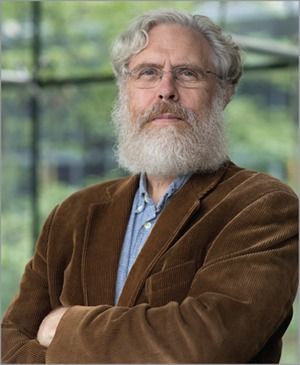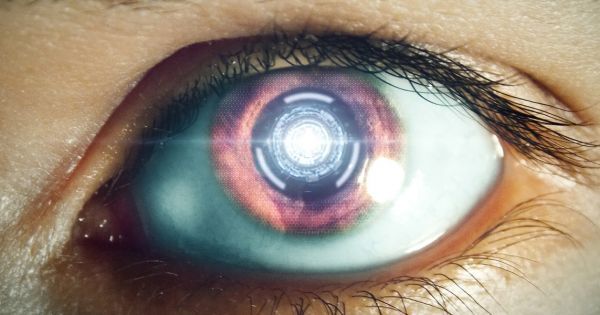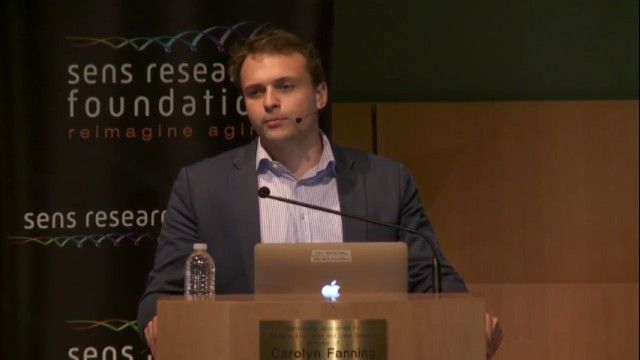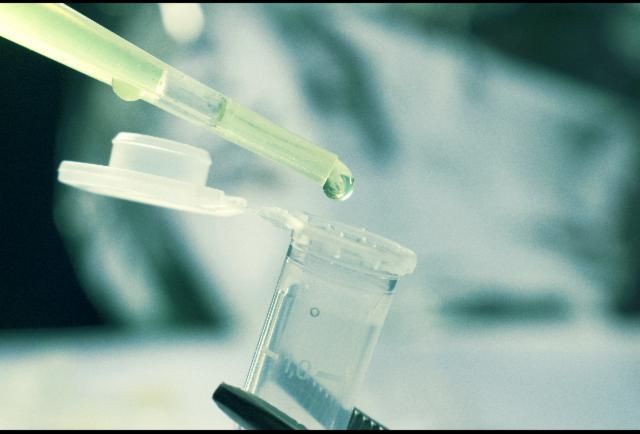Archive for the ‘biotech/medical’ category: Page 2519
Nov 3, 2016
New Bionic Eye That Connects to The Brain Successfully Restores a Woman’s Sight
Posted by Elmar Arunov in categories: biotech/medical, cyborgs, neuroscience, transhumanism
In Brief:
- A new visual implant from SecondSight may help restore useful sight in more than 6 million additional people who aren’t candidates for the company’s previous implant model.
- Recently, there are more options being developed to restore both hearing and sight in affected patients, such technology has the potential to improve the quality of life of countless people.
Nov 3, 2016
Scientists Made Nanorobots That Can Release Drugs in The Body Using Mind-Control
Posted by Elmar Arunov in categories: biotech/medical, nanotechnology, neuroscience
Who would have thought that roaches, that’s right, C-O-C-K-R-O-A-C-H-E–S, could actually do something good for humanity? Well, it seems that they are helping out quite a lot.
Bar-Ilan University scientists, together with the Interdisciplinary Center in Israel, designed injectable nanobots, and they are testing them on these little critters. Remarkably, the technology controls the release of drugs that are needed for the brain using the brain itself. That’s right, using only brain power!
And down the road, this extra mind boost could be a lifesaver for many. The work was published in the journal PLOS ONE.
Nov 3, 2016
Cancer has a new enemy. This blood test hunts down even the earliest traces of the disease
Posted by Shane Hinshaw in categories: biotech/medical, genetics, health, life extension
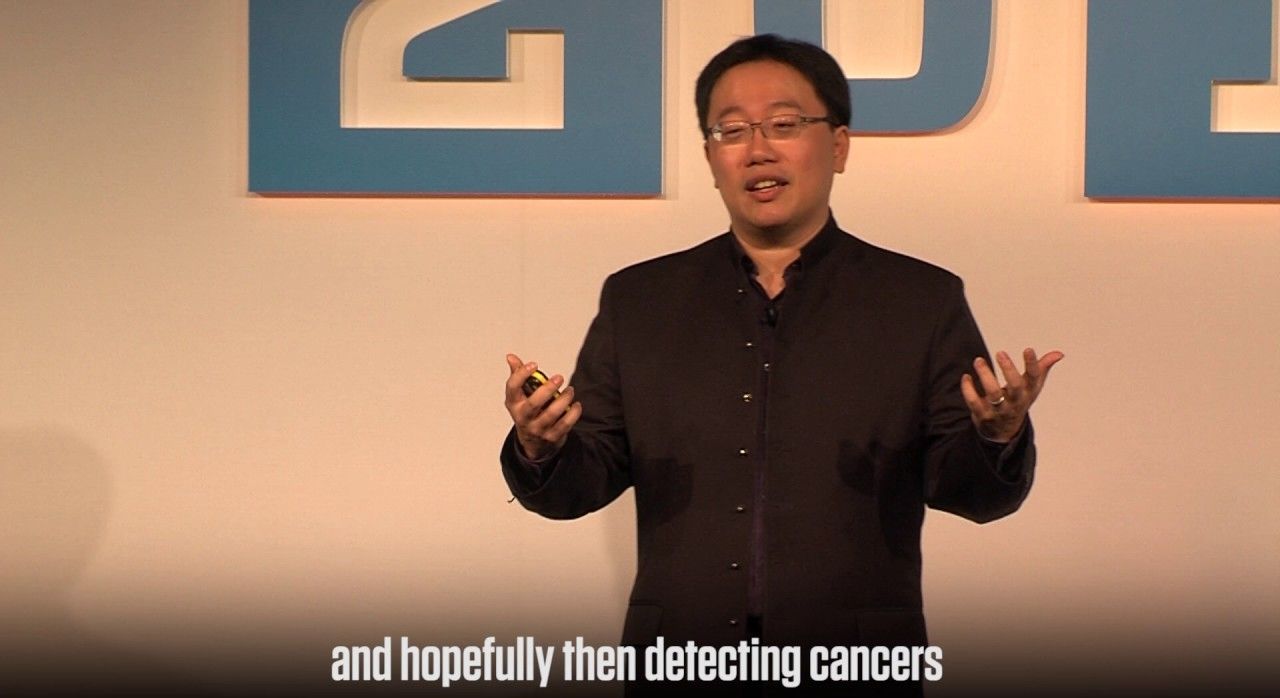
“Cancer is a disease of ageing,” Lin, geneticist and president of the Rare Genomics Institute, told the audience at WIRED2016. The World Health Organisation estimates there are about 14 million new cases of cancer every year, and predicts that figure will double by 2050. Currently, eight million people are killed every year by the disease.
By combining early intervention with an understanding of cancer genomics, however, mankind could be on the cusp of fighting cancer effectively and at scale. “We are at the intersection of three of the most exciting revolutions in cancer therapy,” Lin said.
The SENS Research Foundation launched the new Alliance Program in January and important step towards the kind of future we would all like to see.
SRF Director of Alliances David Brindley returned to the stage to introduce our new Alliance Program, launched in January 2016 with an initial $500,000 grant from SRF and building on David’s experience managing the successful CASMI Translational Stem Cell Consortium. Although SENS research to date has produced very promising pre-clinical results, the novelty and disruptiveness of the platform means that many of the therapies we propose currently lack a clear path to the market. The Alliance Program is designed to streamline that process in partnership with existing public and private entities worldwide, particularly by funding PhD and post-doctoral fellowships addressing specific translational needs.
Nov 3, 2016
Humans and Supernova-Born Neutron Stars Have Similar Structures, Discover Scientists
Posted by Shane Hinshaw in categories: biotech/medical, particle physics, space
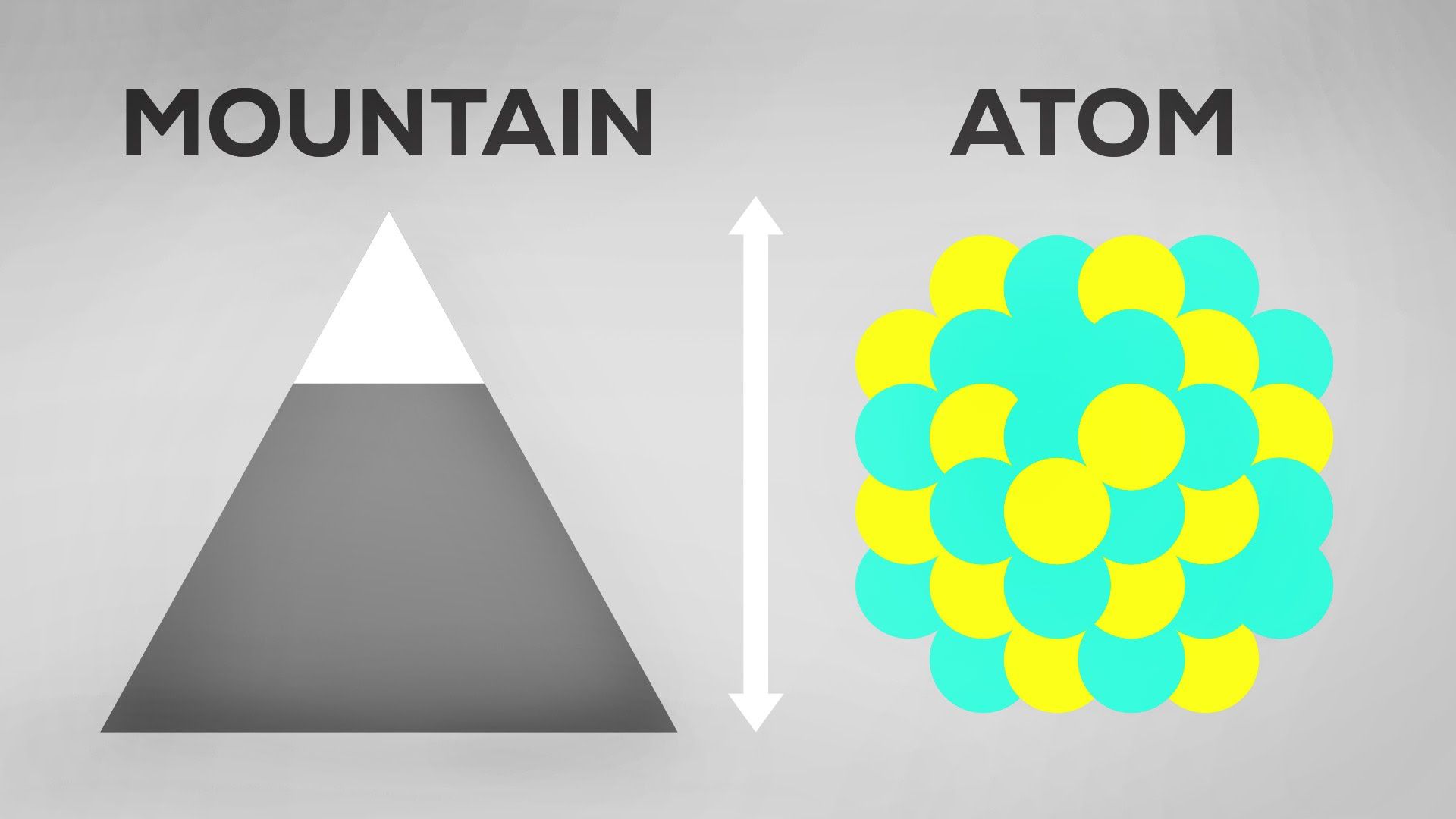
As atoms in our bodies were made in stars millions of years ago, it’s been common to propose that we are, in fact, made of stars. Now comes news of another mind-blowing cosmic relationship as physicists conclude that human cells and neutron stars share structural similarities, which look like multi-story parking garages.
Neutron stars are quite strange space objects. They come to life as a result of supernova explosions of massive stars and are incredibly dense. While they are the smallest stars, they can pack as much mass as two Suns into a star with the radius of just 10 kilometers.
Nov 2, 2016
The wiring of fly brains—mapping cell-to-cell connections
Posted by Karen Hurst in categories: biotech/medical, computing, neuroscience
Biologists at Caltech have developed a new system for visualizing connections between individual cells in fly brains. The finding may ultimately lead to “wiring diagrams” of fly and other animal brains, which would help researchers understand how neurons are connected.
“To understand how the brain works we need to know how neurons are wired to each other,” says Carlos Lois, research professor in the Division of Biology and Biological Engineering at Caltech and principal investigator of the new research, which appears in the November issue of the journal Development. “This is similar to understanding how a computer works by looking at how transistors are connected.”
Animals are made up of different types of specialized cells. In order for an animal to function, the cells have to be able to communicate with each other. For example, neurons directly communicate with muscle cells so that an animal can move. In diseases such as cancer, this communication process can go awry: when tumors metastasize, they no longer “listen” to neighboring cells that tell them not to grow. Instead, the cancer cells grow uncontrollably and migrate to other parts of the body.
Continue reading “The wiring of fly brains—mapping cell-to-cell connections” »
Nov 2, 2016
Chemists create clusters of organelles
Posted by Karen Hurst in categories: biotech/medical, chemistry, nanotechnology
Scientists from the University of Basel have succeeded in organizing spherical compartments into clusters mimicking the way natural organelles would create complex structures. They managed to connect the synthetic compartments by creating bridges made of DNA between them. This represents an important step towards the realization of so-called molecular factories. The journal Nano Letters has published their results.
Within a cell there are specialized compartments called organelles, as for example nucleus, mitochondria, peroxisomes and vacuoles that are responsible for specific functions of the cell. Almost all sophisticated biological functions of cells are realized by self-organization, a process by which molecules adopt a defined arrangement based on their specific conformations and properties, without outside guidance.
Using self-organization of nano-objects into complex architectures is a major strategy to produce new materials with improved properties or functionalities in fields such as chemistry, electronics and technology. For example, this strategy has already been applied to create networks of inorganic solid nanoparticles. However, so far, these networks were not able to mimic sophisticated structures that have biological functions within the cells and thus have potential application in medicine or biology.
Nov 2, 2016
Synthetic Virus Created to Treat Cancer in Dogs
Posted by Karen Hurst in categories: biotech/medical, finance, genetics
2 November 2016. Two companies partnering with Auburn University developed a synthetic virus to find and destroy tumor cells in a type of bone cancer in dogs. Financial and intellectual property aspects of the agreement between synthetic gene company Gen9 in Cambridge, Massachusetts, design systems developer Autodesk Inc. in San Rafael, California, and Auburn University College of Veterinary Medicine in Alabama were not disclosed.
The research team created a synthetic version of canine adenovirus type 2, or CAV2, a virus usually associated with hepatitis in dogs. In this case, the synthetic CAV-2 virus is designed as an oncolytic virus that finds and attacks cancer cells, while leaving healthy cells and tissue intact. The genome in the organism is believed to be the longest in a functional virus synthesized for cancer research, with about 34,000 base pairs of nucleic acids. The human genome, by comparison, has about 3 billion base pairs.
The technology provided by Gen9 in this project makes it possible to eventually produce synthetic therapeutic viruses tailored for specific patients. Gen9 offers customized gene synthesis and is developing a library of synthesized proteins and antibodies. One of the 4 year-old company’s founders is George Church, a geneticist at Harvard Medical School and serial entrepreneur. In August 2016, as reported in Science & Enterprise, Church and colleagues, including those from Gen9, developed a synthetic E. coli bacteria genome with redundant DNA components removed.
Nov 2, 2016
Engineering Viruses to Kill Cancer Cells, Canada-Based Turnstone Raises $41.4M
Posted by Aleksandar Vukovic in categories: bioengineering, biotech/medical
Scientists have been working for decades on engineered viruses that can hunt down and get inside cancer cells, cause them to burst and spur the immune system to mop up whatever malignant cells might be left behind. Only one such treatment has successfully become an FDA-approved cancer treatment.
That one drug, from Amgen, isn’t selling much. But that small victory a year ago has emboldened others to go forward with their own ideas to advance this approach to cancer therapy, known as oncolytic virus therapy.
One of the aspiring players in the oncolytic virus field, Ottawa, Canada-based Turnstone Biologics, is announcing today it has raised $41.4 million in a Series B venture financing. The round was led by OrbiMed Advisors, and included F-Prime Capital Partners and a couple of existing investors, FACIT and Versant Ventures. The new money will add on to the $11.3 million Series A round from a year ago.
Continue reading “Engineering Viruses to Kill Cancer Cells, Canada-Based Turnstone Raises $41.4M” »
